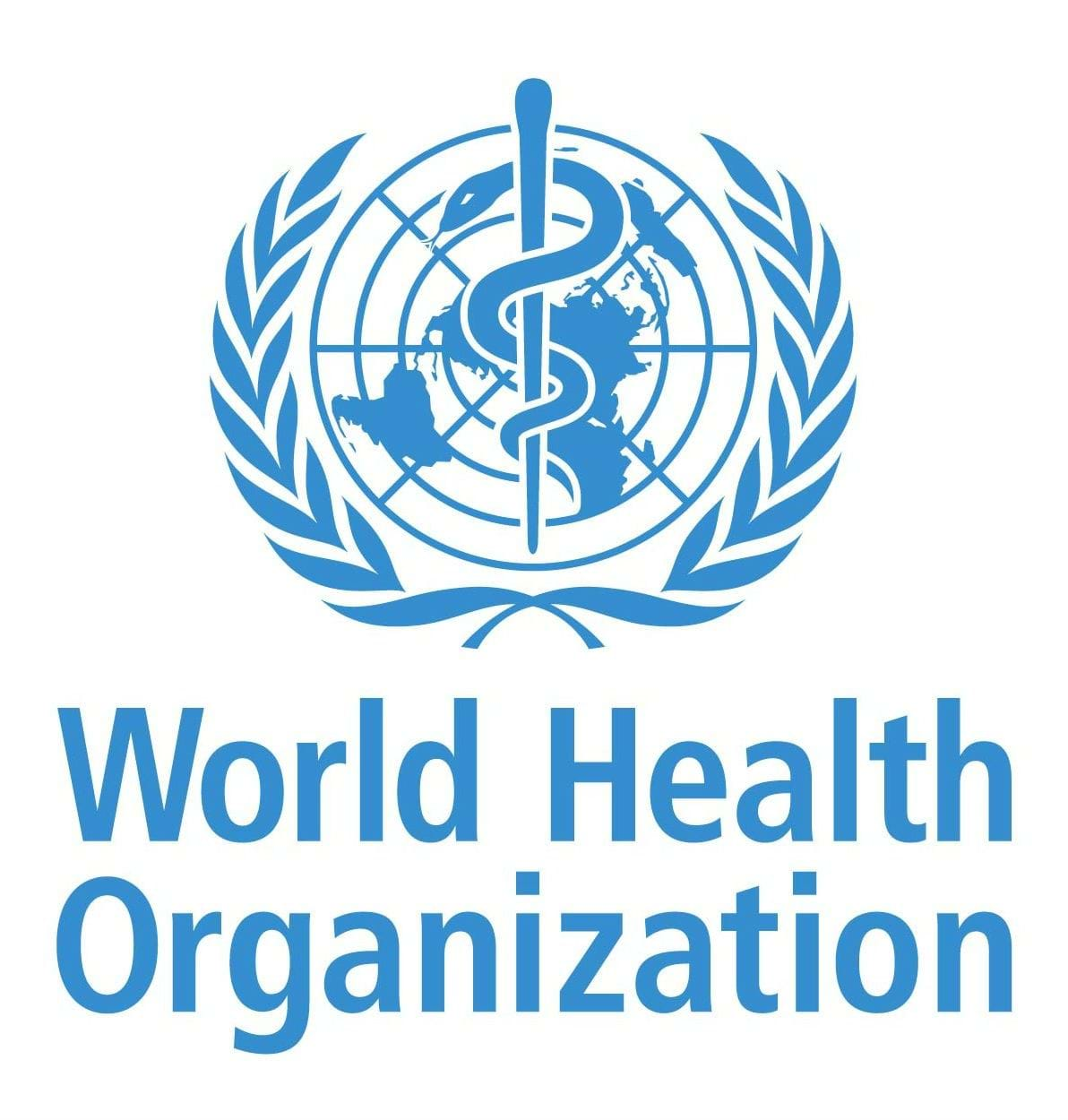Noise Pollution
Description
Including unwanted, harmful, or disturbing sounds that affect people and animals.
Share this Subissue on:LinkedIn
Resources
Compendium of WHO and other UN guidance on health and environment: Environmental noise
This resource features a range of information on the effects of noise on human health and nature. It provides limits for acceptable noise exposure for humans and provides a table with guidance for addressing common sources of noise pollution.
Revised Guidelines for the Reduction of Underwater Radiated Noise from Shipping to Address Adverse Impacts on Marine Life
These guidelines from the International Maritime Organisation were created to provide an overview of approaches applicable to designers, shipbuilders, and ship operators for reducing the underwater radiated noise (URN) of any given ship, as well as to assist relevant stakeholders in establishing mechanisms and programmes through which noise reduction efforts can be realised. It provides information on URN management planning, URN reduction approaches, evaluation and monitoring, and more.
Noise Pollution
Noise pollution impacts millions of people on a daily basis, as well as innumerable animals on land and in marine and freshwater environments. This short explainer can help you to understand what noise pollution is; the effects it can have on wild species; and common sources of noise pollution.
Who pollutes the ocean with noise?
This short article from Ocean Care provides a summary of key ocean noise-generating activities, including shipping, seismic activities from oil and gas exploration, military activities, pile driving and construction, and deep-sea mining.
How Does Noise Pollution Harm Marine Species?
This short article explains some of the negative effects that underwater noise can have on marine mammals, including physical injuries, changes in behaviour, and communication interference.
The Impact of Ocean Noise Pollution on Fish and Invertebrates
This report from Ocean Care provides a review of 115 primary studies encompassing various human-produced underwater noise sources on dozens of species of fish (including herring, tuna, halibut, rockfish, and bass) and invertebrates (including octopi, squid, jellyfish, shrimp, lobsters, and shellfish). It explains how noise can affect an individual’s behavior, physiology, anatomy, and development, with potentially significant impacts on reproduction, health, and mortality.
Deep-Sea Mining: A noisy affair
This report from Ocean Care can help you to build your understanding of underwater noise emissions from deep-sea mining (DSM) activities. It provides an overview of human-caused underwater noise, explains the state of knowledge in regard to noise emissions from deep-sea mining activities, and explains their impact on marine life. It also provides an overview of legal and policy frameworks.
Best Available Technology (BAT) and Best Environmental Practice (BEP) for Mitigating Three Noise Sources: Shipping, Seismic Airgun Surveys, and Pile Driving
This report from the Convention on the Conservation of Migratory Species of Wild Animals (CMS) and Ocean Care provides a comprehensive overview of (current) best available techniques, technologies, and practices for preventing and reducing marine noise pollution from shipping, air guns, and pile driving.







